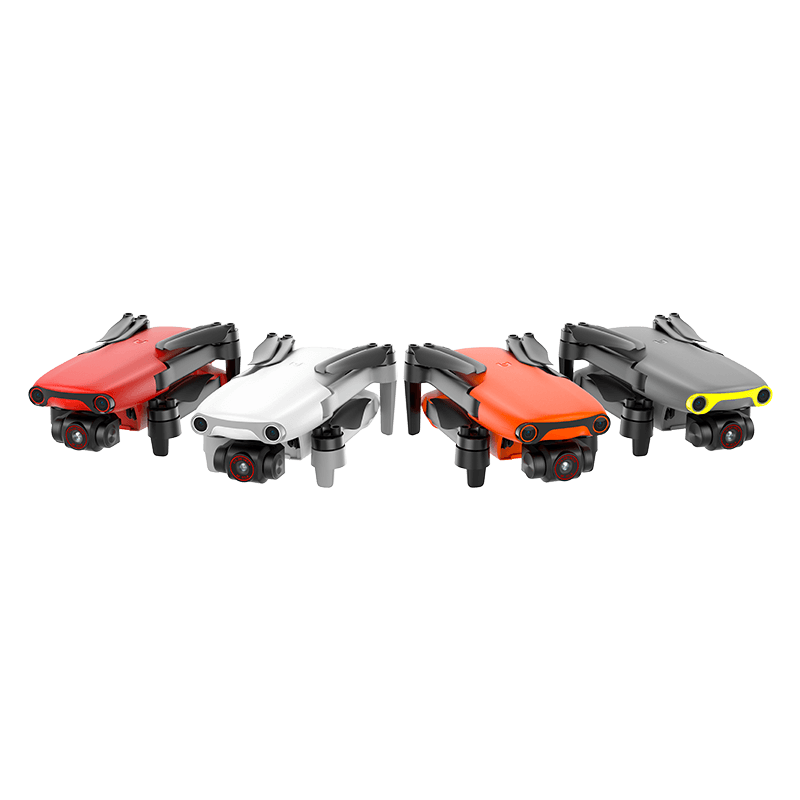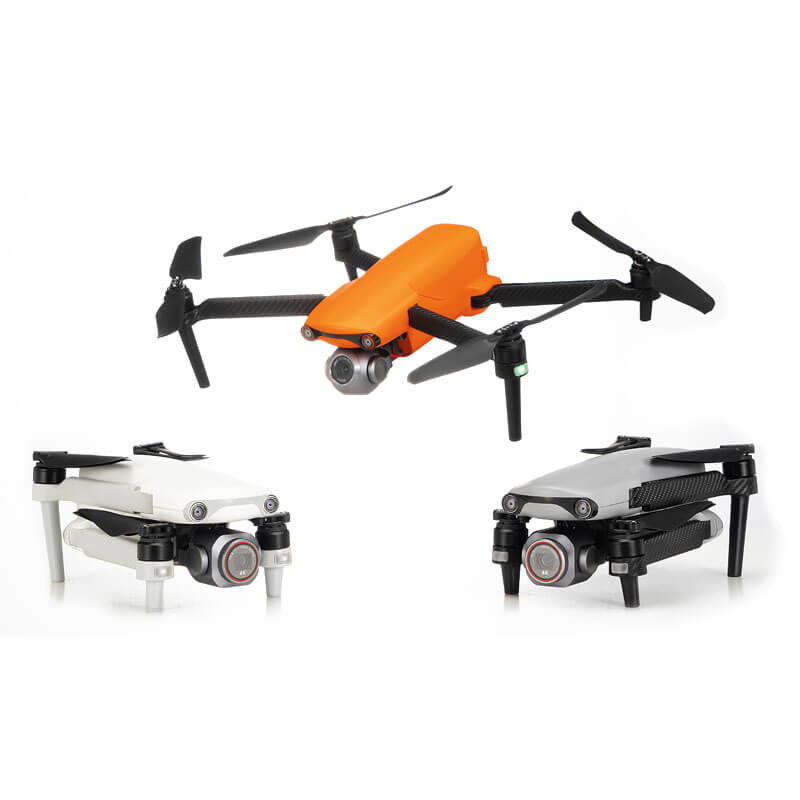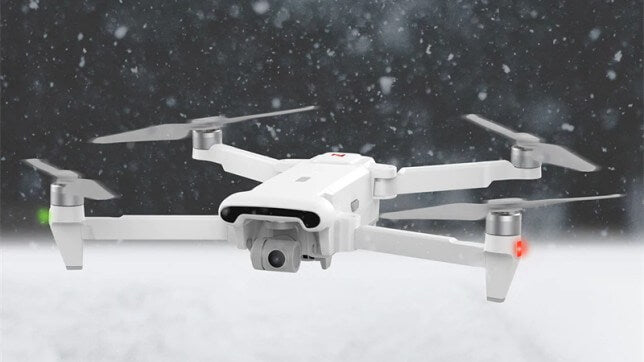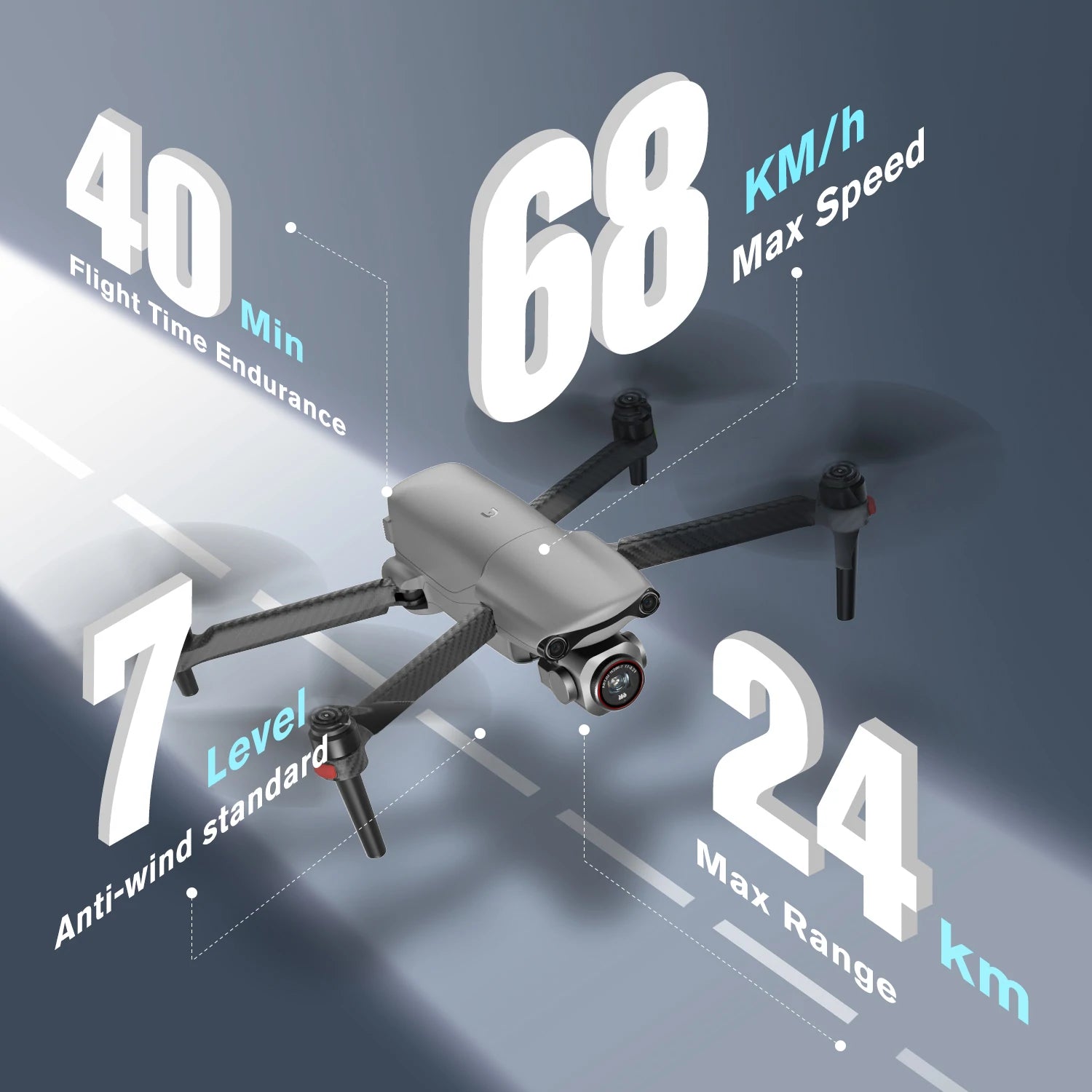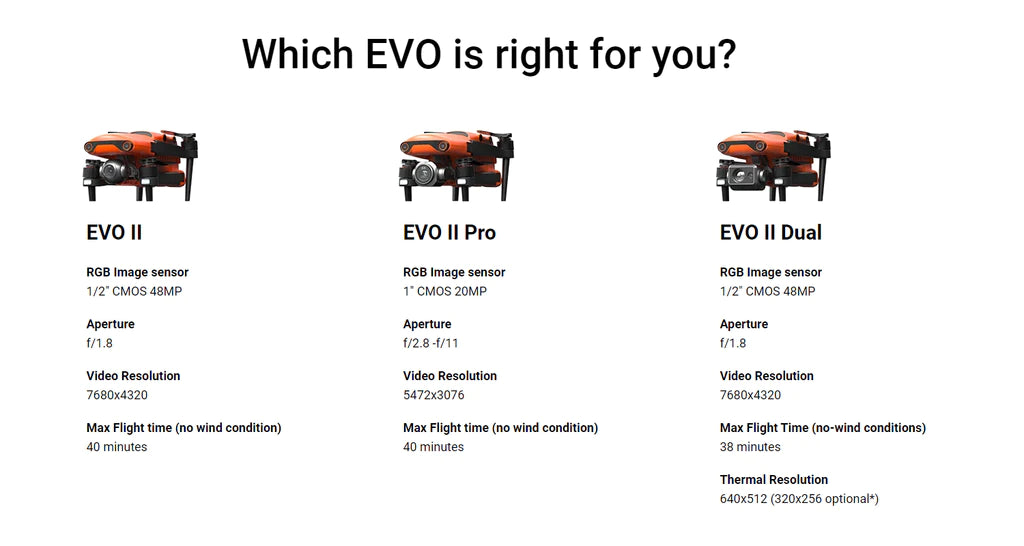Autel EVO II featured AI-enhanced Dynamic Track 2.0 which is uses deep learning algorithms to automatically track the selected subject while avoiding obstacles during flight with an advanced computer vision system.
While in Dynamic track mode, EVO II is able to identify and track up to 64 objects six types of subjects. For example, pedestrian, cyclist, car, truck, boat, or animal.
Also, Come with 3 dynamic track modes: behind, side-by-side, or tripod track, it makes EVO II more advanced than most drones in the market.
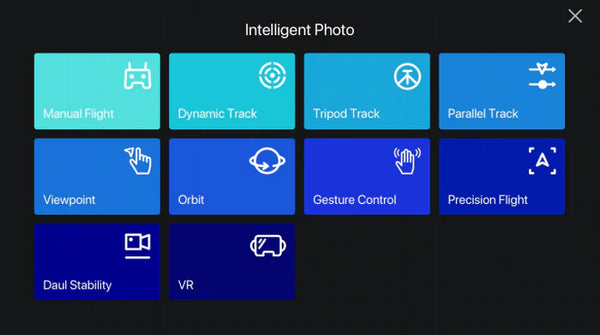
Autel EVO II Flight Mode
Relate: EVO II Drone Flight Modes
3 Dynamic Track Modes
1. Dynamic Track (default) - Fixed Distance Behind The Target
EVO II Drone automatically tracks the target at a fixed distance.
The EVO II will try to maintain the flight behind the target. If the target stops moving, the aircraft hovers until the target starts moving again.
Dynamic Track allows you to highlight and mark moving objects using the mobile device. Once marked and the operation started, the aircraft will track the object as it moves. The aircraft will fly over and around objects automatically while maintaining track on the object.
2. Parallel Track - Side by Side Fixed Distance
EVO II tracks the target from the side at a relatively fixed distance.
The parallel track is similar to the dynamic track. The flight trajectory of the aircraft will remain parallel to the target trajectory. If the aircraft starts tracking while on the side of the target, the aircraft will remain in the same position when tracking. The types of target recognition, target selection, startup, etc. are consistent with the dynamic tracking.
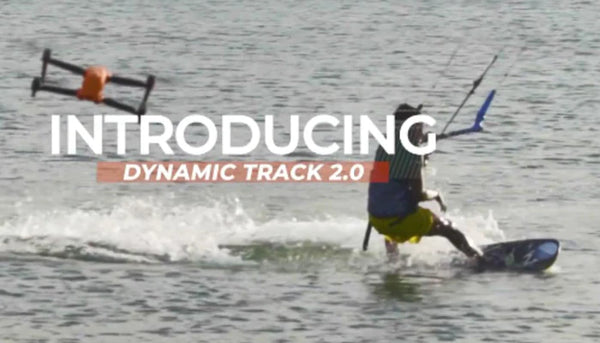
The parallel track is tracked the target from the side at a relatively fixed distance
3. Tripod Track
EVO II hovers and continuously changes its direction and gimbal pitch to keep the nose and camera pointing at the target.
Tripod track is similar to dynamic track, the only difference is that the drone will be in a stationary hovering state, whose position can only be set by the remote control,by adjusting the aircraft flight direction and gimbal angle. This function is applicable for a target reciprocating in a small range.

